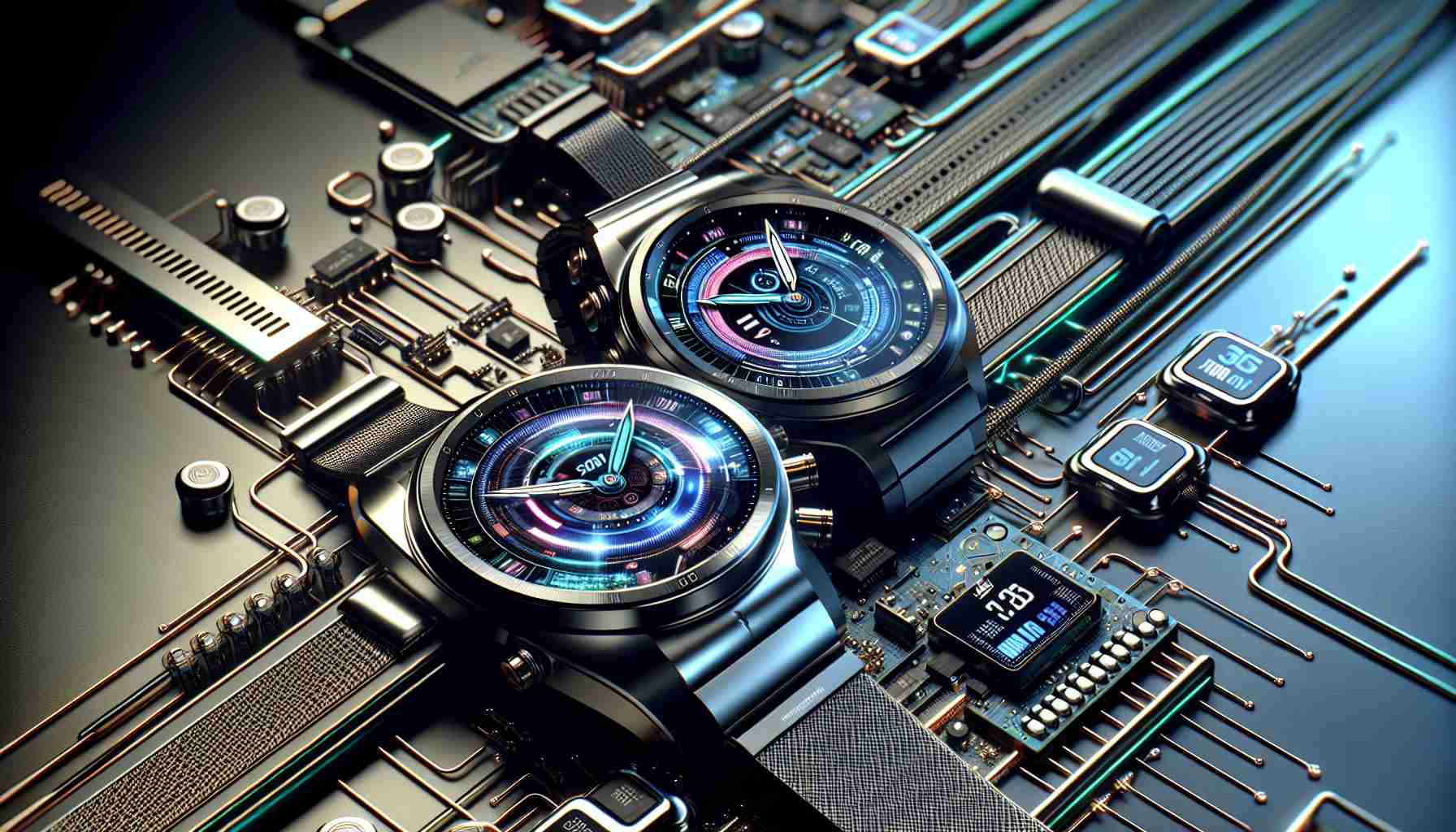Shanghai’s innovative tech company VeriSilicon has announced a collaboration with Actions Technology, a trailblazer in energy-efficient AIoT semiconductor solutions. This partnership entails the integration of VeriSilicon’s cutting-edge 2.5D Graphics Processor Unit (GPU) IP into Actions Technology’s latest smart watch SoC series which includes the ATS3085S and ATS3089. These SoCs are distinctive for their dual-mode Bluetooth functionality and are designed to power the next wave of smart wrist-worn devices.
The smart watch SoCs from Actions Technology are marvels of modern engineering, offering a combination of low energy consumption and high frame rate displays, resulting in a visually impressive graphics experience. With support for 2D and 2.5D graphics acceleration and JPEG hardware decoding, these chips are adept at powering sophisticated display screens, managing various health and fitness applications, handling Bluetooth-enabled calls, and providing rich audio features for both local listening and Bluetooth audio transmission, compatible with True Wireless Stereo headsets.
Smart watches equipped with the ATS3085S and ATS3089 series SoCs are already in mass production, making headway in markets worldwide. The 2.5D GPU from VeriSilicon is specially crafted to offer premium UI display effects in both MCU and MPU applications, with efficient rendering of vectors, scalars, and images, even in low-power modes. The GPU’s compatibility with the Light and Versatile Graphics Library, thanks to VeriSilicon’s proprietary VGLite API driver, facilitates the design of sleek user interfaces across various hardware platforms while minimizing resource footprints.
Actions Technology’s Chairman, Zhenyu Zhou, praised the superior graphics and UI enhancements brought by VeriSilicon’s GPU, elevating user experiences and bolstering the company’s position in the global wearable market. Wei-Jin Dai, the Executive VP and GM of IP Division at VeriSilicon, emphasized the growing demand for better GPU performance to match the evolving resolutions and refresh rates of smart watch screens. VeriSilicon’s dedication to innovation and ecosystem development for wearable applications seems positioned to meet and exceed these dynamic consumer expectations.
Important Questions and Answers:
1. What is the significance of VeriSilicon’s 2.5D GPU in next-gen smartwatches?
VeriSilicon’s 2.5D GPU plays a critical role by delivering advanced graphics capabilities, which are essential for high-quality user interfaces, intricate visual effects, and improved user experience on wearable devices such as smartwatches. Its compatibility with the Light and Versatile Graphics Library via the proprietary VGLite API driver enables devices to maintain high performance without compromising on power efficiency.
2. How do the dual-mode Bluetooth functionalities of the ATS3085S and ATS3089 series SoCs stand out?
The dual-mode Bluetooth functionality allows these SoCs to handle not only Bluetooth-enabled calls but also to transmit high-quality audio to True Wireless Stereo headsets. This dual-mode capability provides versatility and convenience to users, making the smartwatches ideal for both communication and entertainment purposes.
Key Challenges and Controversies:
Challenges:
One of the major challenges in the smartwatch industry lies in balancing performance with battery life. Advanced graphics capabilities typically demand more power, so ensuring the GPU operates energy-efficiently while still providing superior graphics is a significant challenge.
Controversies:
While not directly mentioned in the article, privacy and security considerations are often a concern with increasingly intelligent and connected devices like smartwatches, especially as they handle more personal data pertaining to health and communication.
Advantages:
– Enhanced UI display effects due to efficient rendering capabilities.
– Improved user experience with smooth, high-frame-rate visuals.
– Extended device functionality through dual-mode Bluetooth technology.
– Reduction in power consumption, prolonging battery life in wearable devices.
Disadvantages:
– Increased complexity in device design and manufacturing may lead to higher costs.
– Potentially higher power consumption if not managed correctly, leading to reduced battery life.
– The need for optimized software to fully utilize the hardware capabilities.
For more information on VeriSilicon’s GPU technologies and their applications, you could visit their official website using the following link: VeriSilicon.
To explore more about Actions Technology’s semiconductor solutions and how they integrate with these GPUs, visit: Actions Technology.
The source of the article is from the blog trebujena.net
